Doorknobs
Refrigerator/Oven Door Handle

Even though they rarely come into contact with actual food particles, an NSF International study in 2011 found that fridge doors and oven door handles are among the dirtiest places in the home. Usually, wiping these handles down with an antibacterial wipe a few times a week can keep the germs at bay.
Cabinet/Drawer Handles
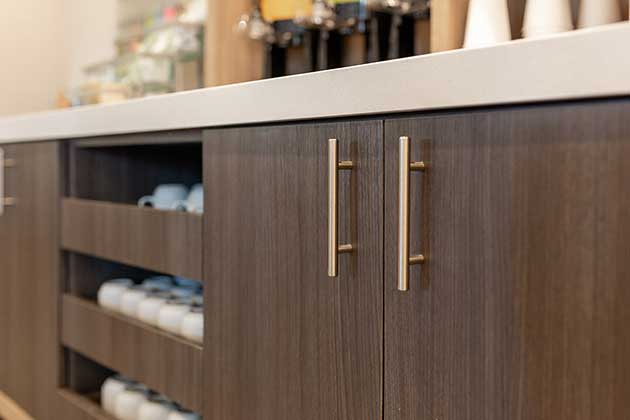
These often get overlooked during regular cleanings as well. It’s probably because they’re even an afterthought when we’re using them to get to something else. Using an antibacterial wipe or hot water and soap is enough to do the trick to disinfect them. However, they should be disinfected several times per week due to the amount of handling by everyone in the home.
Remote Controls

These are also a high-touch item in your home that everyone usually shares. They can get just as dirty and germy as anything else that is touched quite a bit. First, if you use a clean, dry toothbrush you can get any debris stuck in between the keys out. Then you can use a cotton ball or cotton swab that has been dampened with a mild cleaner to disinfect the surface.
Keyboards

Cleaning computer keyboards is a must, especially if they are used by multiple members of the family. One study from 2016 showed that our keyboards and a computer mouse can be up to 20,000 times dirtier than a toilet seat. To clean your keyboard, spray a disinfectant cleaning solution onto a dry cloth and wipe the tops and sides of each key. Use a different or new cloth for the mouse.
Cellphones
Eyeglasses

Grime from your hands and exposure to the elements can build up on both the lenses and frames of eyeglasses. They should be regularly disinfected to stop the spread of germs. One way to disinfect them is to spray them with the lens cleaner that came with them and a clean lint-free cloth. If you’re out of the spray, you can use a drop of dish detergent on a clean cloth.
Sponges
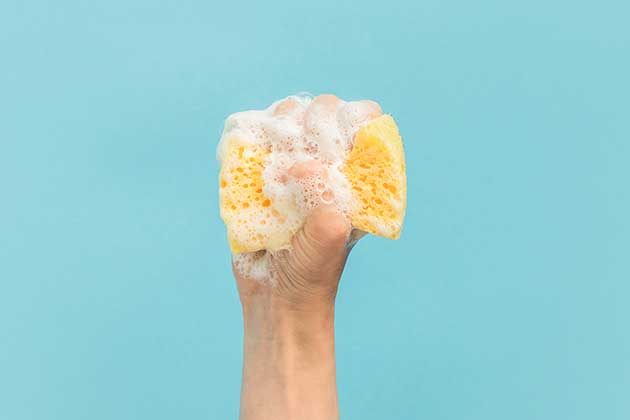
If you weren’t aware, dish sponges are disgusting. Or they can get that way. Sponges have the ability to harbor more than 54 billion bacterial cells. However, thankfully sanitizing them is pretty simple and easy. One way is to rinse the sponge in one-part bleach to nine-parts water. Another way to sanitize sponges is to microwave them in a bowl covered in water on high for approximately 30 seconds.
Microwave Touchpad

Seriously, these things get gross quickly—especially because everyone in the home touches these buttons at one time or another throughout the week. This is a surface that should be disinfected during daily cleaning. A cloth sprayed with a disinfecting agent should be enough to get that touchpad clean. And don’t forget to wipe down that handle, too.
Toothbrush Holders
Steering Wheels

If you don’t think disinfecting your steering wheel in your car is important, maybe this statistic may change your mind: A 2011 study by Queen Mary University of London found that steering wheels can accumulate up to nine times the amount of germs as a toilet seat in a public restroom. Think of all the things you touch while out and about, and then think of all the germs you may be transferring to that steering wheel on a daily basis. You can always grab an antibacterial wipe and wipe off the steering wheel thoroughly before and after use.
Shower Heads
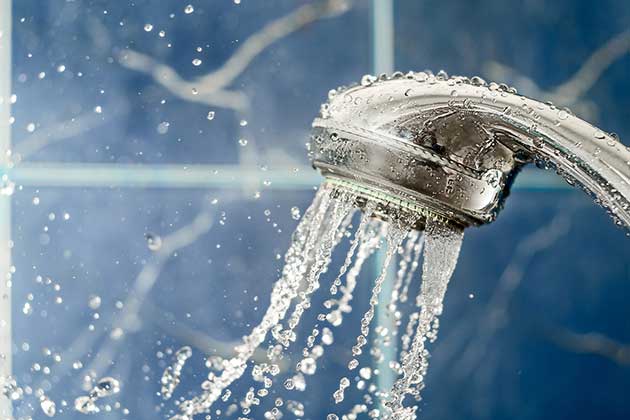
In 2018, the American Society for Microbiology published research that linked the bacteria commonly found in or on shower heads to an increased risk of respiratory illnesses. One pro tip to regularly disinfect your shower head is to fill up a plastic shopping bag with a bleach/water solution and tying it around the shower head, making sure the shower head is fully submerged. Leave it to sit overnight and be sure to rinse away any leftover solution before using.
Laundry Baskets
Purses/Wallets

A study from 2013 confirmed that women’s purses can contain more bacteria than the average toilet seat. To clean a leather bag or wallet, use a pea-sized amount of hand sanitizer and apply it to the surface with a tissue or rag. For cloth purses or wallets, dampen a microfiber towel with isopropyl alcohol and blot. Let it dry overnight in a cool place before using again.
Mailbox Handles
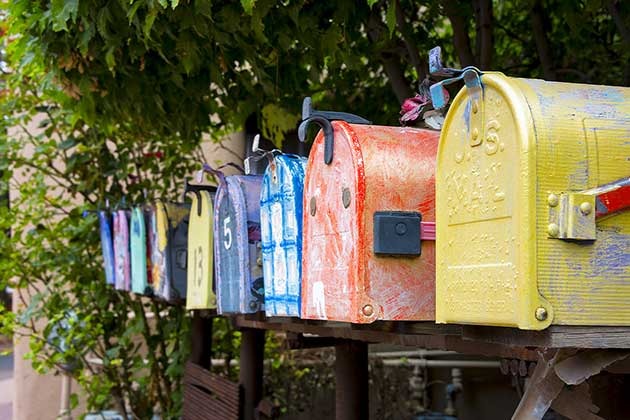
Mailbox handles can get dirty and germy enough to spread disease. We’re sure your mailman (or mail lady) will appreciate that you disinfect your mailbox handle often—as a matter of fact, you should disinfect your mailbox handle about as often as you check your mail. Using an antibacterial wipe or spray should do the trick.
Keys

Keys. They come into contact with germs continuously, yet they are not an item we usually think of disinfecting. To disinfect, remove all items from the keychain that are not keys and set the keys in a bowl of hot, soapy water. Use a small brush to remove debris and then rinse. Make sure to wipe them down afterwards with a dry towel to avoid rust.
Credit Cards
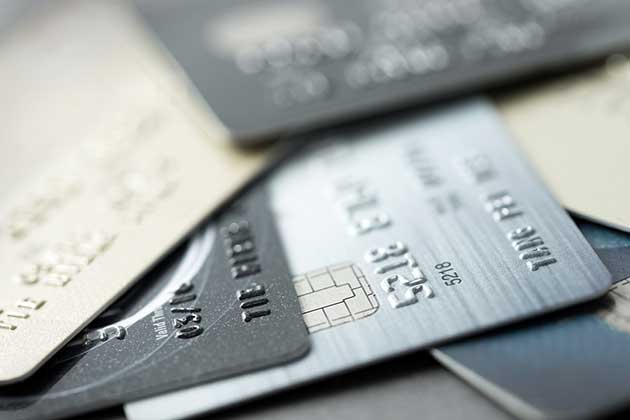
We know handling money can be pretty gross since it can carry germs literally around the world. However, we don’t think of our credit cards in the same way because we are usually the only ones to handle them. A recent study found that credit cards can actually be dirtier and germier than cash. The easiest way to clean your credit cards is to use an antibacterial wipe or a UV light-safe cleaner like Phone Soap, which gets rid of 99.9% of all bacteria on the surface.
Shopping Bags

If you have reusable shopping bags, you may not be aware of the number of germs and bacteria that those bags can hold. If you have cotton bags, you can wash them in the washing machine with a hot water setting and laundry detergent. If you have nylon bags you can wash the bags in warm soapy water and hang the bag to dry. This should be done each time they are used.
Handrails

Such as the ones on the stairs, the front porch, etc… We don’t realize how dirty and grimy handrails can get with regular use. They are taking on all the dirt and grime we have on our hands every day. Running a disinfectant wipe up and down the railings in your home a few times a week can cut down on the germs and bacteria that are found on those surfaces.
Footwear

Honestly, who thinks to disinfect their shoes? However, some germs can remain active for up to 3 days on plastic and stainless-steel surfaces which is why it is important to disinfect your shoes regularly. To clean them, wipe the exterior surfaces with antibacterial wipes. If the shoes are machine washable, after disinfecting them put them in the wash using hot water and detergent.
Garbage cans
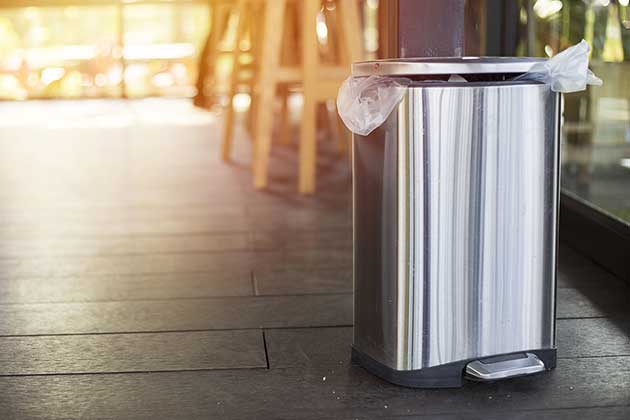
Garbage cans are a breeding ground for bacteria, but they are often overlooked when cleaning the home. When cleaning one, you want to scrub both the interior and the exterior with hot soapy water, turn it over and allow it to airdry. Make sure that if you have a trash can with a top lid with a handle, to wash and disinfect that handle as well.
Water bottles

You know that reusable water bottle that you carry with you all the time? Yup, even that can be a carrier of germs and bacteria. Whether plastic, stainless steel, or any other material it is important to sanitize it at the end of each day. If it isn’t dishwasher safe, try a mixture of antibacterial dish soap and hot water.
The Sink
Dish Rack

Your dish rack is another breeding ground for bacteria to gather in the sitting water at the bottom. The sitting water can also develop mildew and mold. Clean it as often as you deep clean your kitchen. One pro tip is to rinse it with hot water and then use a brush to dip into white vinegar and scrub all of it until the deposits and spots are gone.
Shower Curtain Liner
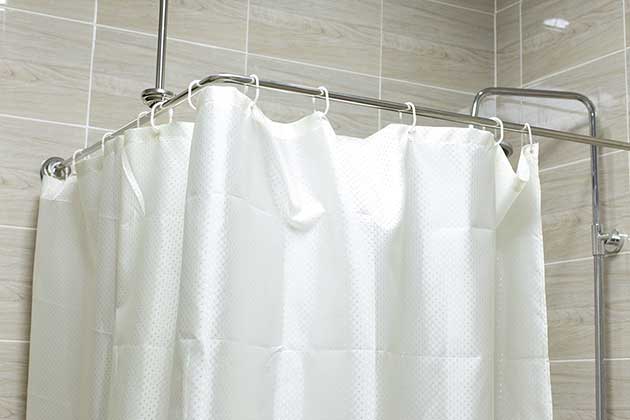
These typically harbor mold that often gathers at the bottom where you might not notice it. Good news is you can wash your shower liner in a washing machine. One pro tip is to add several towels and a half-cup of baking soda to the machine so that they work together during the wash to scrub the mold and grime.
Light Switches
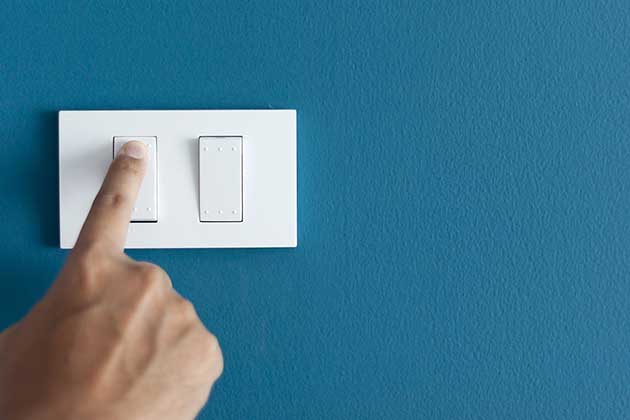
These are one of the highest traffic, most often touched areas in your home. And of course, because they are fixtures on our walls, it’s easy to forget that they also need to be disinfected about as often as you do your regular cleanings. A swipe with an antibacterial wipe is all you need to get these items disinfected.
Faucet Handles
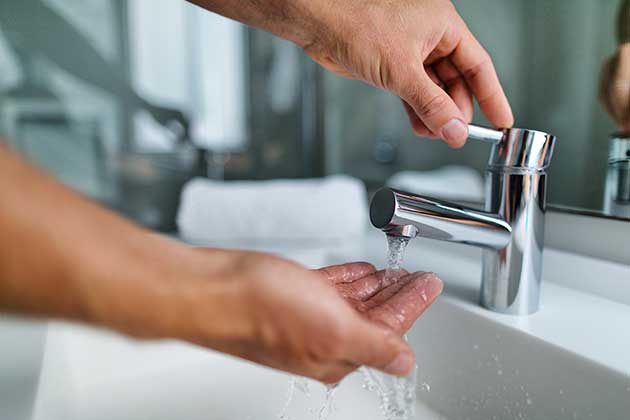
Ahhh, the faucet handles. The one thing you touch right before you begin to wash your hands and the one thing you touch immediately after, and then you touch it regularly throughout the day. Because of this even these can carry bacteria and germs, so make sure to disinfect your faucet and the handles as often as you clean the kitchen and the bathroom.
Pet Bowls

Your pets’ food bowls can be a breeding ground for germs and bacteria to build up, especially if you don’t clean them very often. Once a week is a good timeline to follow when it comes to sanitizing your pet bowls. To clean them, just put them in the dishwasher and let the hot water do the sanitizing for you. But remember to wipe the bowls down after feeding time, at least once per day.
Backpacks
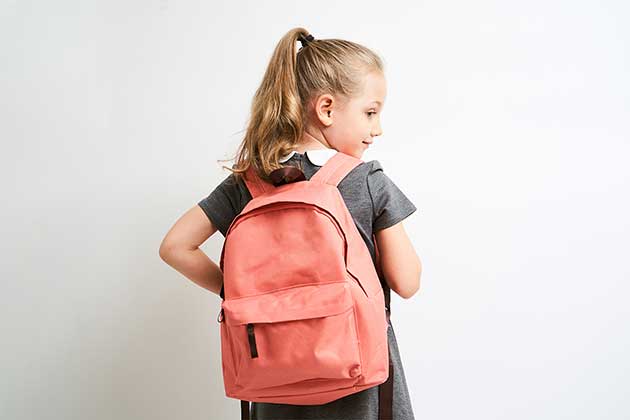
Backpacks can be our lifeline. They carry everything we need them to carry, wherever we may be going or however we’re getting there. However, they can collect oodles of germs and bacteria because we tend to just set them down anywhere and everywhere. To wash a backpack, run a vacuum hose inside of it to get rid of any dust and debris. Then set it in the washing machine on a hot water setting.
Towels and Linens

Sanitizing your towels and linens isn’t usually at the top of your ‘to do’ list. However, they bear the brunt of all of our bacteria and germs. To wash, simply put them in the washing machine like always. To sanitize, however, ensure that the water is on the hottest setting possible and turn on that sanitation feature if you have one. This should be done at least once every 7 days.
 Author
Chrissy Jones
Last Updated: December 20, 2024
Author
Chrissy Jones
Last Updated: December 20, 2024





